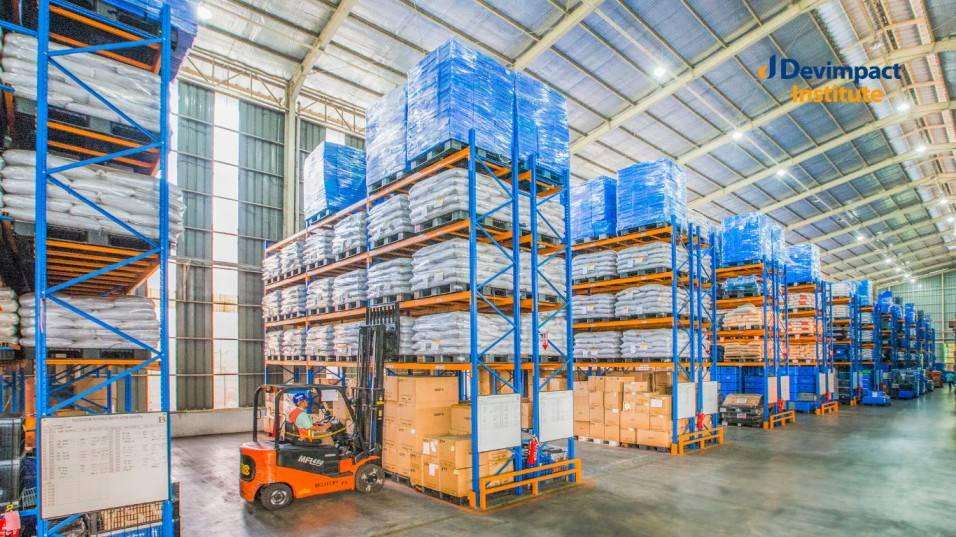
Training on Warehouse & Stores Management
Effective warehouse and store management is essential to the success of today’s organization. To accurately satisfy consumer requests, the product must move through the supply chain in a timely, efficient, and cost-controlled manner. The majority of organizations today recognize that a warehouse is an essential component of the entire supply chain rather than just a “place to put goods”. The many aspects of the business, including production, product, suppliers, customers, and the associated product throughputs and volumes, are examined in this highly interactive warehouse and store management training course. Training on warehouse & store management will equip the participants with knowledge on how to use all of the necessary tools for the efficient operation of warehouses and stores.
Target Participants
Training on Warehouse & Stores Management is ideal for inventory, stock, supply chain, logistics, warehouse and distribution professionals, project managers, finance staff, operational staff, government officials, and any other professionals who want to build their skills in supply chain management.
Course Duration
Online 7 Days
Classroom-based 5 Days
What you will learn
By the end of this course the participants will be able to:
- Understand the role and importance of a warehouse in the supply chain
- Manage the day-to-day operations of a warehouse
- Identify and understand key performance indicators
- Make important decisions regarding the location, size, and layout of a warehouse
The Role of the Warehouse
- Why do we need a warehouse?
- Functions of the warehouse
- How do stores and warehouses fit into the supply chain?
- The balance between sorting and storing
- The location and capacity of other warehouses
Product Classification
- Supply/demand variables
- ABC analysis or the 80/20 rule
- Determining product handling groups
- Throughputs and product formats
Layout Options
- Receiving options
- Storage options
- Picking /assembly options
- Dispatching options
- Using the floor and the height space
- Organizing for flow
Methods and Equipment
- Loading bays
- Selecting forklift trucks
- Selecting racking
- Implications for warehouse layouts
- Operational timings and planning
- The use of IT within the warehouse
Health and Safety
- Duty of care
- Inspections and risk assessments-task analysis
- Equipment maintenance and care
- Raising people's awareness
Security and Loss
- Minimizing internal theft
- Minimizing external theft
- Preventative measures
Productivity and Costs
- Fixed and variable costs
- Typical costs involved
- Model for understanding the roles of productivity, utilization, and performance
- Setting productivity and cost targets
- The importance of having measurements and key indications of performance
Service Levels
- Internal and external customers
- Customer service measure
- Customer service sampling
- Effects of substandard service
- Minimizing errors
Warehouse Layouts and Productivity
- Different types of layouts with advantages and disadvantages
- Planning for flow in the warehouse
- Calculations for storage
- Calculations for throughput and productivity

